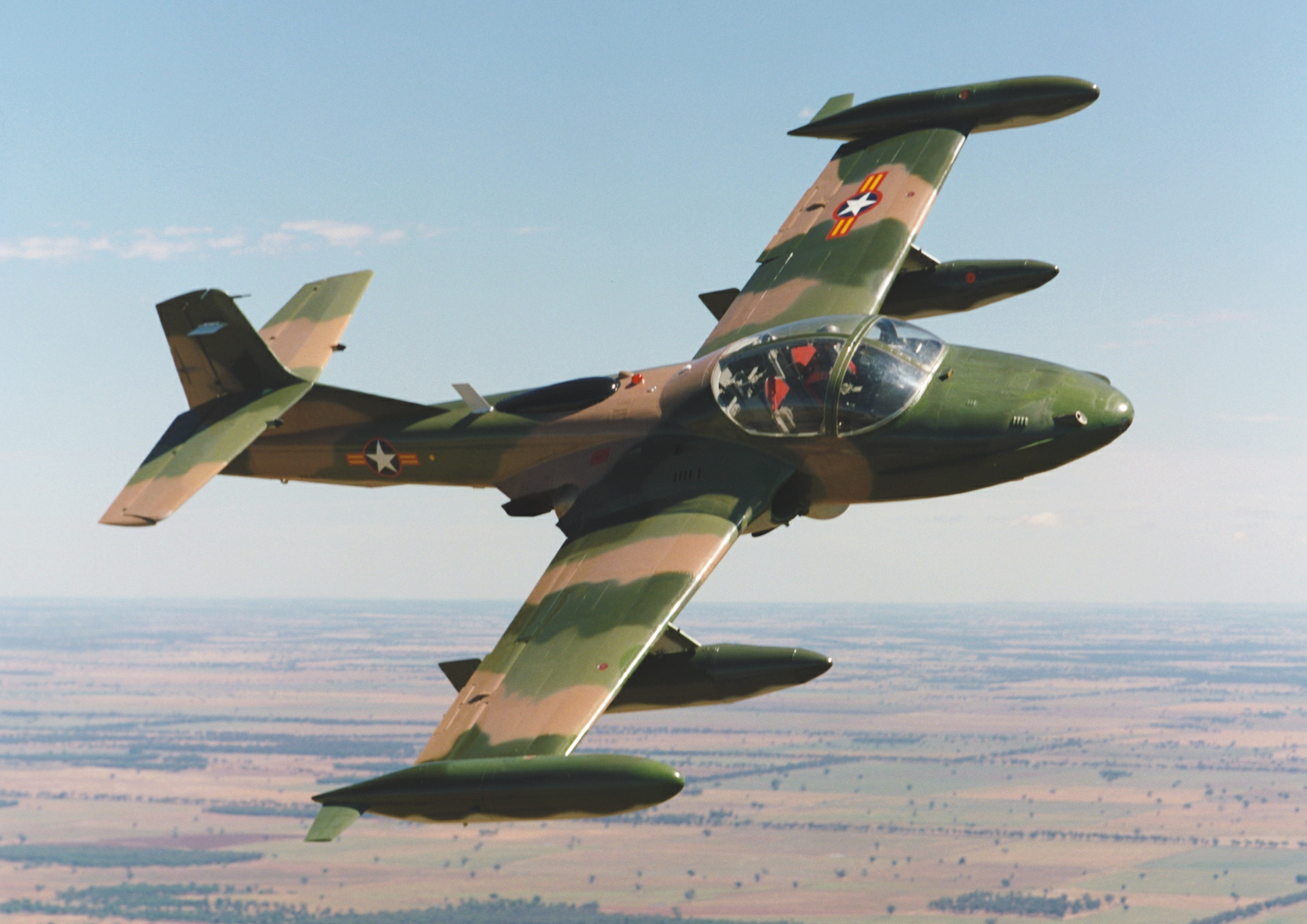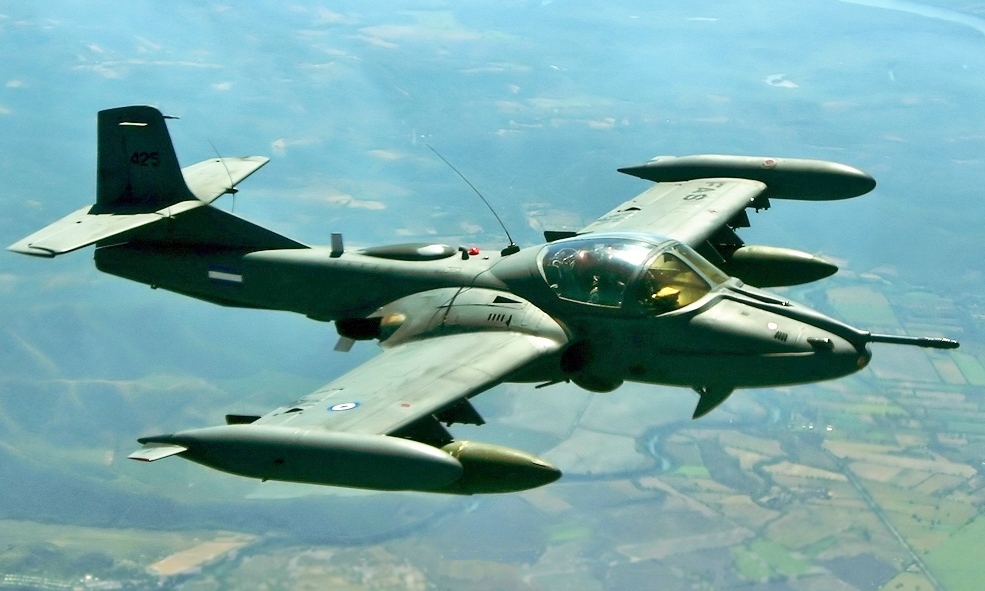The A-37 Dragonfly, a small, agile aircraft developed during the Vietnam War, has served in various roles over the years, including close air support (CAS) and counter-insurgency (COIN) missions. Despite its combat role and the fact that it has seen significant action, A-37 pilots are often not classified as “fighter pilots.” This distinction is rooted in several factors, including the aircraft’s design, mission profile, and the traditional understanding of what constitutes a fighter aircraft.

The Design and Purpose of the A-37
The A-37 was originally derived from the T-37 Tweet, a trainer aircraft, and was designed to provide ground support, particularly in counter-insurgency operations. Unlike traditional fighter jets, which are typically optimized for air-to-air combat, the A-37 was tailored for ground attack. It was heavily armed with machine guns, rockets, and bombs, making it highly effective in its intended role. However, its primary focus was on striking ground targets rather than engaging in aerial dogfights.

Mission Profile: CAS vs. Air Superiority
The distinction between an A-37 pilot and a fighter pilot largely comes down to mission profile. Fighter pilots typically fly aircraft designed for air superiority, such as the F-15 Eagle or the F-22 Raptor, where the primary mission is to dominate the skies by engaging and defeating enemy aircraft. In contrast, A-37 pilots focus on close air support, providing firepower directly to ground troops in combat zones. While both roles are crucial, they require different skill sets and training, leading to a different classification for the pilots.
The Cultural and Historical Context
Historically, the title of “fighter pilot” has been associated with a certain prestige, often linked to the romanticized image of pilots engaging in aerial dogfights during World War I and II. Aircraft like the P-51 Mustang, the Spitfire, and later the F-16 Fighting Falcon, have become icons of air combat. The A-37, while respected for its effectiveness in ground support roles, does not fit into this traditional mold of air-to-air combat, which contributes to the differentiation in how its pilots are perceived.
The Importance of Recognition
Despite not being classified as fighter pilots, A-37 pilots have played a critical role in modern warfare, particularly in the Vietnam War, where the A-37 proved to be a valuable asset in COIN operations. The distinction in title does not diminish the importance of their contributions or the dangers they face. Close air support missions often involve flying at low altitudes in hostile environments, making these pilots’ jobs extremely challenging and perilous.
Conclusion
The reason A-37 pilots aren’t typically considered fighter pilots boils down to the aircraft’s design, mission profile, and historical perceptions of what defines a fighter pilot. However, this distinction should not overshadow the vital role that A-37 pilots play in combat operations. Their skill, bravery, and dedication to their mission are on par with any fighter pilot, even if the title differs. The A-37 Dragonfly and its pilots may not fit the traditional image of air combat, but they remain a crucial part of the aerial combat landscape, especially in the realm of close air support and counter-insurgency operations.





